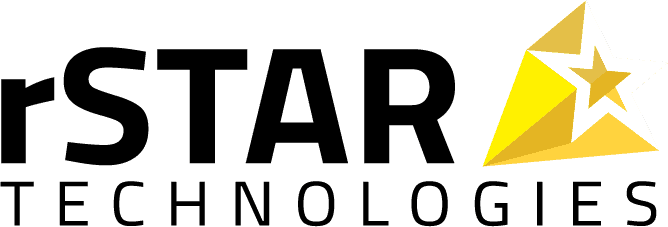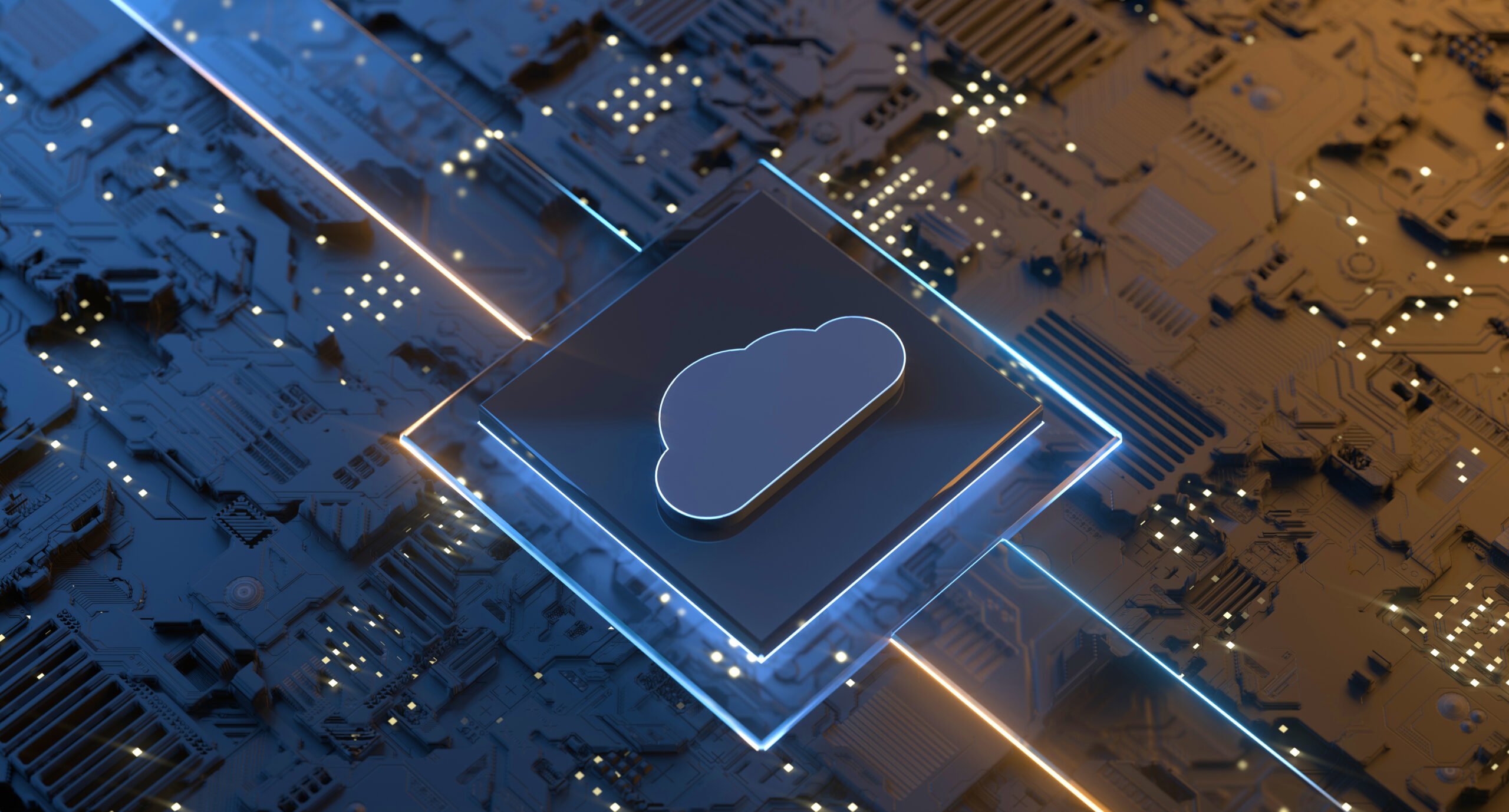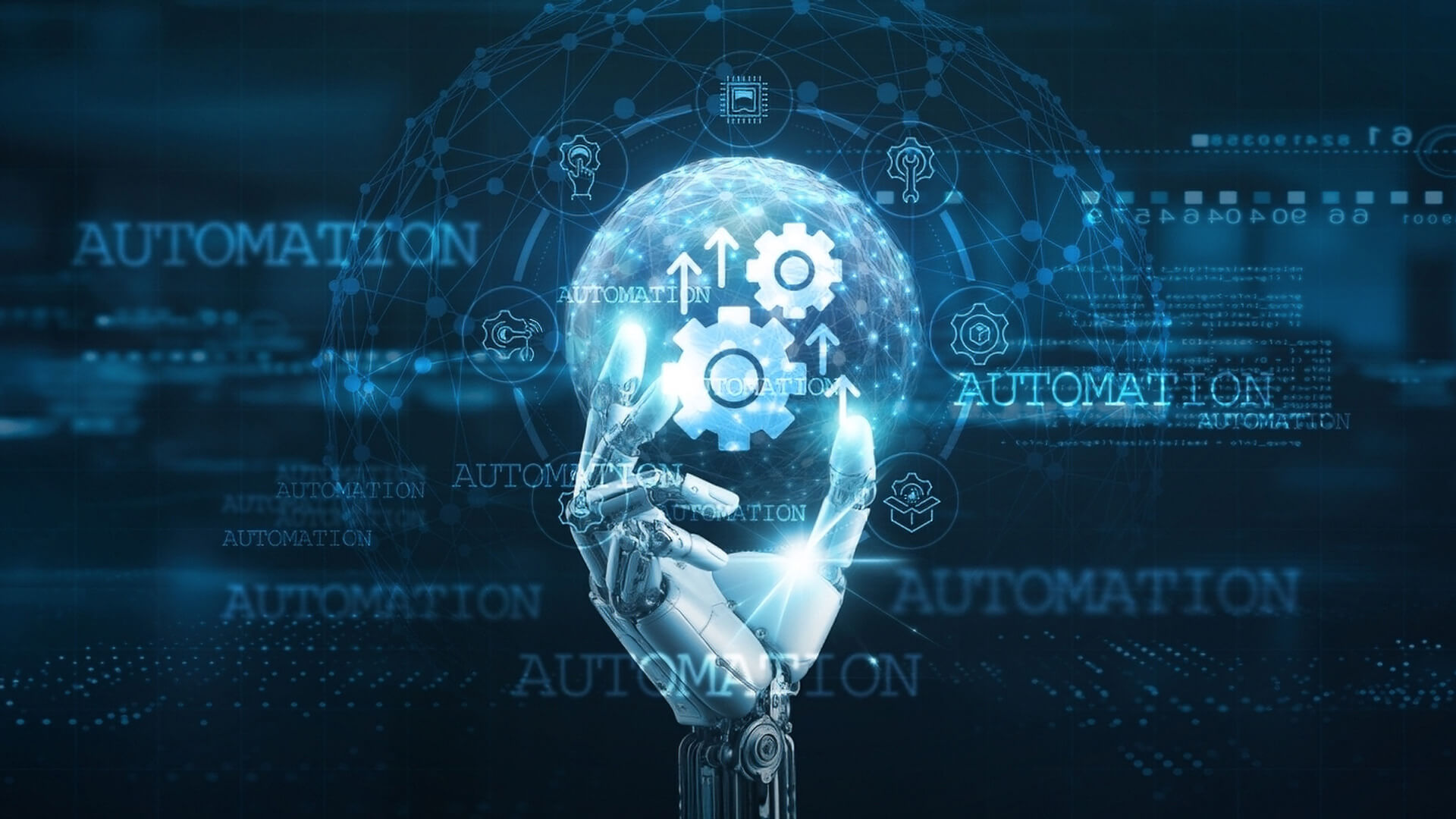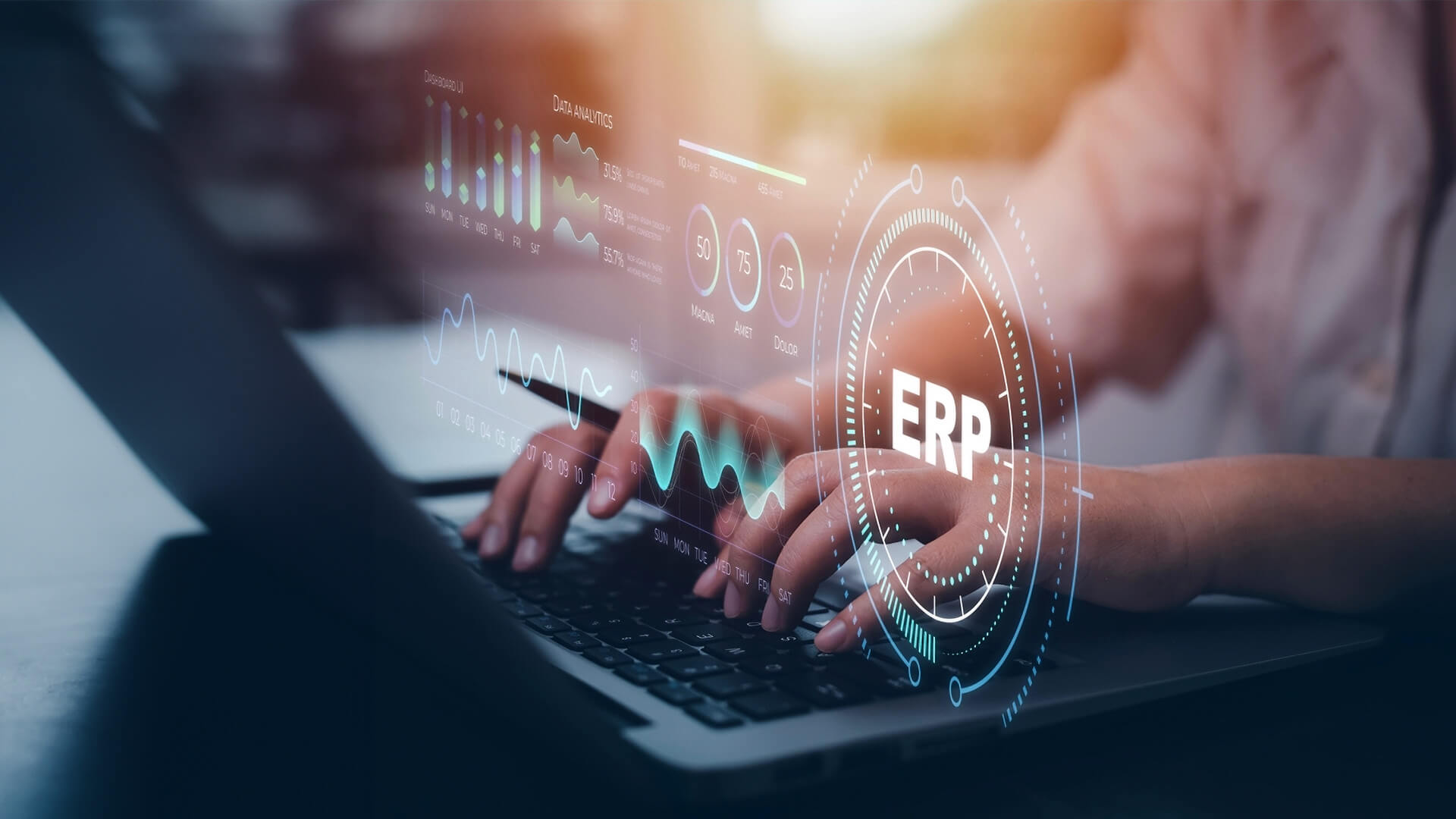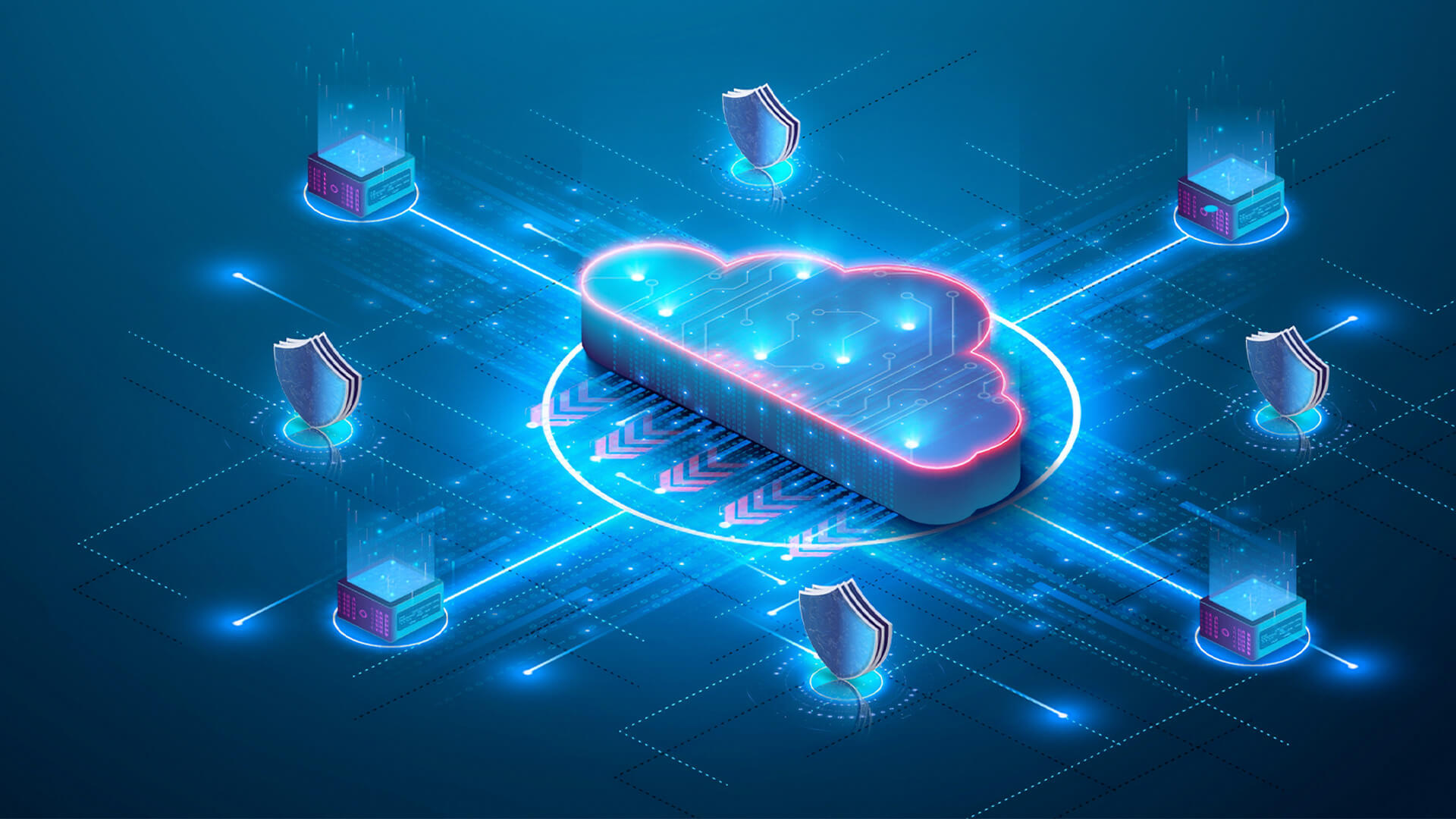Improving customer experience (CX) in asset-intensive industries leads to many benefits. Positive customer experiences improve brand loyalty, which in turn, encourages repeat business. This can translate into increased sales and, potentially, higher revenues.
Table of Contents
However, many companies who wish to enact new CX strategies need help to achieve their CX goals because their existing monolithic or legacy enterprise resource planning (ERP) and customer relationship management (CRM) aren’t suited to a flexible, cloud-native approach. Companies are stuck with less-than-optimal systems because changing to an entirely new ERP is costly and time-consuming.
Monolithic and Legacy ERP Systems
Starting in the 1980s and 1990s, many asset-intensive industries added enterprise resource planning (ERP) systems to their technology stack. These large legacy systems improved visibility and efficiency in many areas: accounting, finance, operations, and more. Over time, some replaced them with monolithic systems that require frequent updates and aren’t easy to build on.
However, newer technologies that weren’t available when these legacy or monolithic systems were built have since emerged. Monolithic system vendors may offer newer functionalities as add-on applications but can add tens of thousands of dollars to the monthly licensing fees.
A Manufacturing Example of Extending Monolithic Legacy ERPs
One of our clients, a global manufacturer, faced this problem: a monolithic ERP that wasn’t helping them achieve newer CX goals. Their IT leader saw many opportunities where proactive customer service could benefit customers and boost the company’s revenues. Yet, they were hampered by the existing limited technology from improving CX.
Their field service technicians spent much time on-site at customer locations but could not access customer and product data via mobile applications. The apps they did use to manage field service needs were costly as well, adding tens of thousands of dollars in monthly licensing fees.
Their team envisioned mobile apps as easy to use as consumer banking or shopping app that would enable them to tap into their ERP data and suggest maintenance, repairs, or upgrades that would extend the lifecycle of existing equipment. This could save customers a great deal of time and money by preventing breakdowns, repairs, or replacements. And in turn, it would boost their revenues and shorten days sales outstanding by improving communication between the field and the corporate office’s systems.
Cloud Native Apps with Flexible Microservices Architecture
We partnered with this enterprise to build cloud-native apps within a microservices architecture that extended their monolithic ERP. Once the apps were built and launched, the field services team could easily tap into data housed in the ERP while on-site at a customer location. They could suggest equipment inspection, maintenance, repairs, or replacement because they had real-time customer data. And, because the apps were user-friendly, the field services team readily adopted and used them frequently.
Improved CX Through Cloud Native Apps
Customers loved the new approach. It saved them time and potentially prevented costly and time-consuming equipment breakdowns.
Within the parent company, many departments benefited from the new solution. Not only did it empower the field services team to service customer accounts proactively, but the cloud-based solution enabled field services to update billing information while on-site, thus shortening days sales outstanding. Sales could also see the faster account updates and respond quickly if customers needed new equipment.
Three Steps to Move Beyond Legacy ERP for Improved CX
If your company struggles with monolithic ERPs that do not support crucial CX goals, here are a few pointers to help you move forward:
- Inventory your current technical debt. What do you have to work with? What are your most significant pain points and bottlenecks?
- What are your CX goals? In a perfect world, what would you like to achieve?
- Can you align these goals to quantifiable metrics and KPIs? If so, this helps build a stronger case within your company for budgetary needs.
The journey from a monolithic ERP to a flexible suite of microservices and cloud-native apps isn’t a short or smooth road. It takes time to identify the right approach, scope the initial architecture, and build cloud-native apps.
The journey becomes, if not easy, at least easier when an agile project management approach is used. Unlike a waterfall approach, which streams development until it hits specific gates for feedback, agile relies upon a cadence of short sprints of work with frequent check-ins. The agile approach ensures that feedback is received during critical development points in the project so that course corrections can occur with minimal time or money lost. There may still be mistakes and wrong turns. Still, they can be corrected more easily and quickly with an agile approach than waiting for a final project presentation when the development may be further along and harder to adjust.
With many enterprises facing similar challenges, this customer story proves companies can overcome monolithic and legacy ERPs by adding a microservices architecture and cloud-native approach. Assessing the current situation, identifying goals, choosing processes that lend themselves to early and vital “wins” to achieve KPIs, and moving forward with the right partner is the best way to adapt legacy ERPs to the new cloud-based world.
FAQs
Identifying and quantifying technical debt in your deployed systems is often the first step in any IT modernization. Technical debt represents the implied cost of a future system rework because corners were cut in design or implementation. Measuring the technical debt in your CX system(s) will position your organization to price it into future IT development.
If you can price the debt, you can evaluate and prioritize any remediation in the same manner as new development work. Doing this vital pre-work will also give your organization a handle on how much IT development spending covers the technical debt instead of generating new revenue.
Whether your organization has a robust and documented CX strategy, achieving improvements without proper planning will be challenging. Reviewing your current customer support desk metrics may be a great place to start. If past numbers have been below expectations, it may be time to dig in and understand any underlying issues lowering those scores.
Additionally, identifying the specific customer interactions that require improvement will help ensure you are on the right track. It is not enough to add new software or services for your customers; you must also plan to train support staff on new procedures or workflows.
With over 20 years of experience in Oracle, Microsoft, and Salesforce, rSTAR is an expert partner in consulting, implementation, and services for AI, CX integration and automation solutions.
